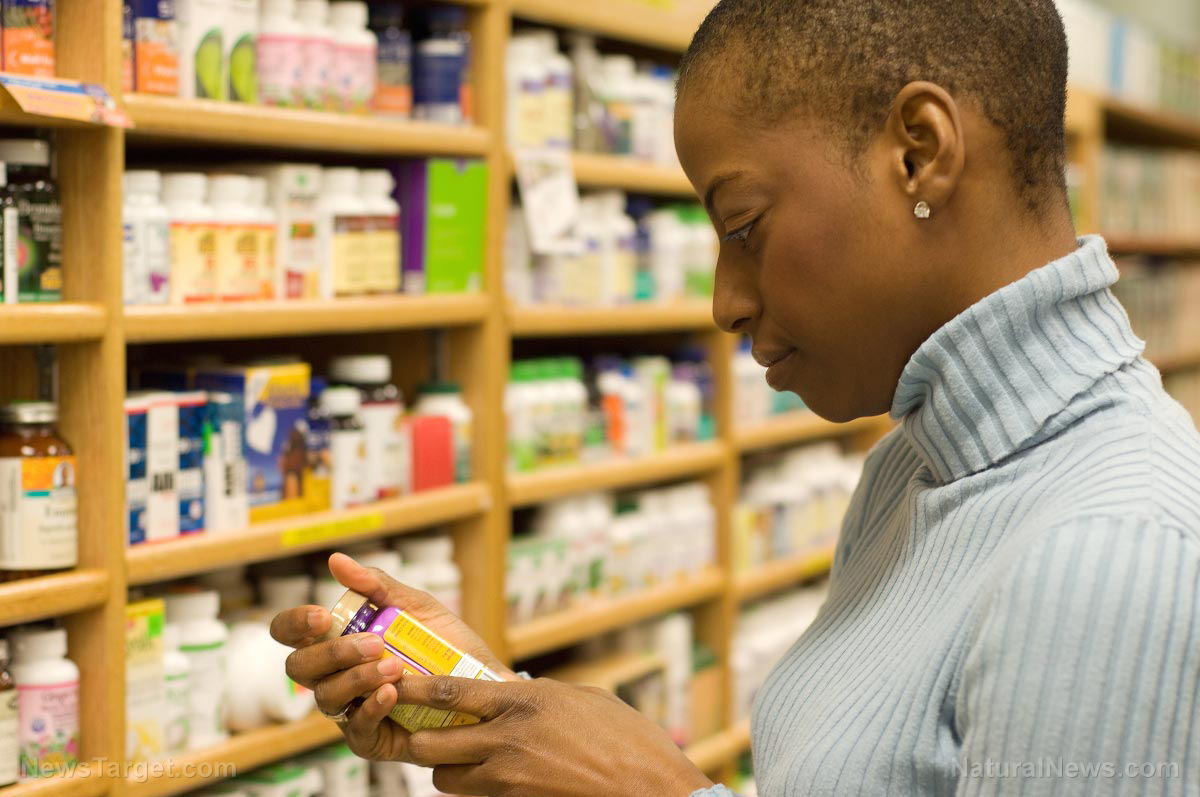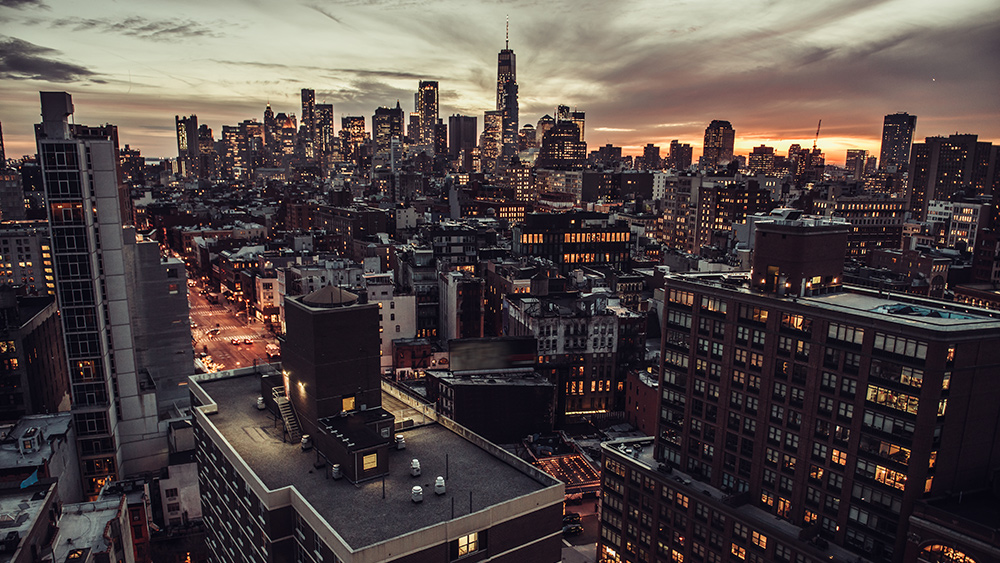
Underequipped, understaffed, overwhelmed
The deaths at Cobble Hill come as the nation struggles to control the rapid spread of the coronavirus in nursing homes that care for its most frail and vulnerable. Cobble Hill officials have pointed out the lack of support from the city, the state or the federal government as one of the reasons for the high number of deaths at the facility.
“Right here, we are doing it alone,” stated Cobble Hill Health Center CEO Donny Tuchman, addressing neighbors who had gathered Monday to show support for the nursing home in Brooklyn, New York. "These people right here," he said while pointing to health care staff members in full protective gear who had walked out of the facility to accept the applause.
“These people are deserving of everything that there is in this world,” Tuchman said of his workers.
Interviews by the Associated Press with people who have visited Cobble Hill support Tuchman's statements. They describe an overwhelmed facility that's underequipped to deal with its coronavirus outbreak, lacking the necessary staff, personal protective equipment as well as reliable testing.

“They were under siege,” said Daniel Arbeeny, who brought his ailing 88-year-old father from a hospital to Cobble Hill in late March. “They were doing the best they could, as far as we could tell at arm’s length, under siege.”
On Sunday, Tuchman told AP that he believed that many other nursing homes have more deaths than Cobble Hill, but that the facility had been singled out for its honesty. He explained that Cobble Hill responded to the state's voluntary survey with cases in which it was “possible” that the COVID-19 had been a factor -- the facility wasn't able to test due to a lack of testing kits. Tuchman also claimed that he reported 50 deaths, not 55, though the state stood by its tally Sunday.
“Our resident population is, by definition, fragile and vulnerable and almost all have significant underlying health issues,” read a statement from Cobble Hill. “Any deaths we've reported have been based on the possibility of COVID-19 being a factor. Because COVID-19 testing in skilled nursing facilities has been extremely difficult to obtain, there is no uniform measure to determine conclusively whether COVID-19 was a contributing factor in a resident's death.”
A spokesman for the facility added that it had made repeated requests for more resources such as test kits and personal protective equipment for its already depleted staff. Up to 100 of its 350 healthcare workers have needed to go on sick leave.
The facility also attempted to move some of its residents suspected of carrying the coronavirus to the military field hospital set up as New York City's Jacob Javits Convention Center. However, Cobble Hill was told that the area's main hospitals where more overwhelmed and were a higher priority for relief.
Government to require increased transparency, but where is the support?
For weeks, New York state officials have refused to release numbers from nursing homes, citing concerns about the residents' privacy. However, mounting calls for transparency from families with loved ones in these facilities, as well as complaints from local leaders, have since caused Gov. Andrew Cuomo to issue an executive order requiring communities to report deaths and inform families when a resident tests positive for the coronavirus. (Related: Coronavirus deaths in nursing homes not being tracked, even as space for the dead runs out.)
“We have had really disturbing situations in nursing homes,” Cuomo said.
The federal government has also taken steps to increase transparency in nursing homes. A new rule requires these facilities to report COVID-19 cases to the Centers for Disease Control and Prevention to help the government build a database. This is on top of a new rule that also requires these facilities to inform family members when a resident tests positive for the coronavirus.
Centers for Medicare and Medicaid administrator Seema Verma called the new rules a “critical component” of the effort to builds a national COVID-19 surveillance system as the economy begins to reopen. The hope is that more transparency about the alarming numbers of nursing home cases and deaths will help shed more light on this tragic aspect of the epidemic.
However, such efforts give little comfort to the actual nursing homes grappling with the outbreak, especially if they don't come with any support for these facilities.
“There’s been a lot of lip service about how vulnerable nursing homes have been, and everyone has the best intentions, but it didn’t materialize,” Tuchman said. “The PPE didn’t materialize, the staffing surge didn’t materialize, the testing didn’t materialize.”
“How did we expect this not to spread?”
Sources include:
Please contact us for more information.






















